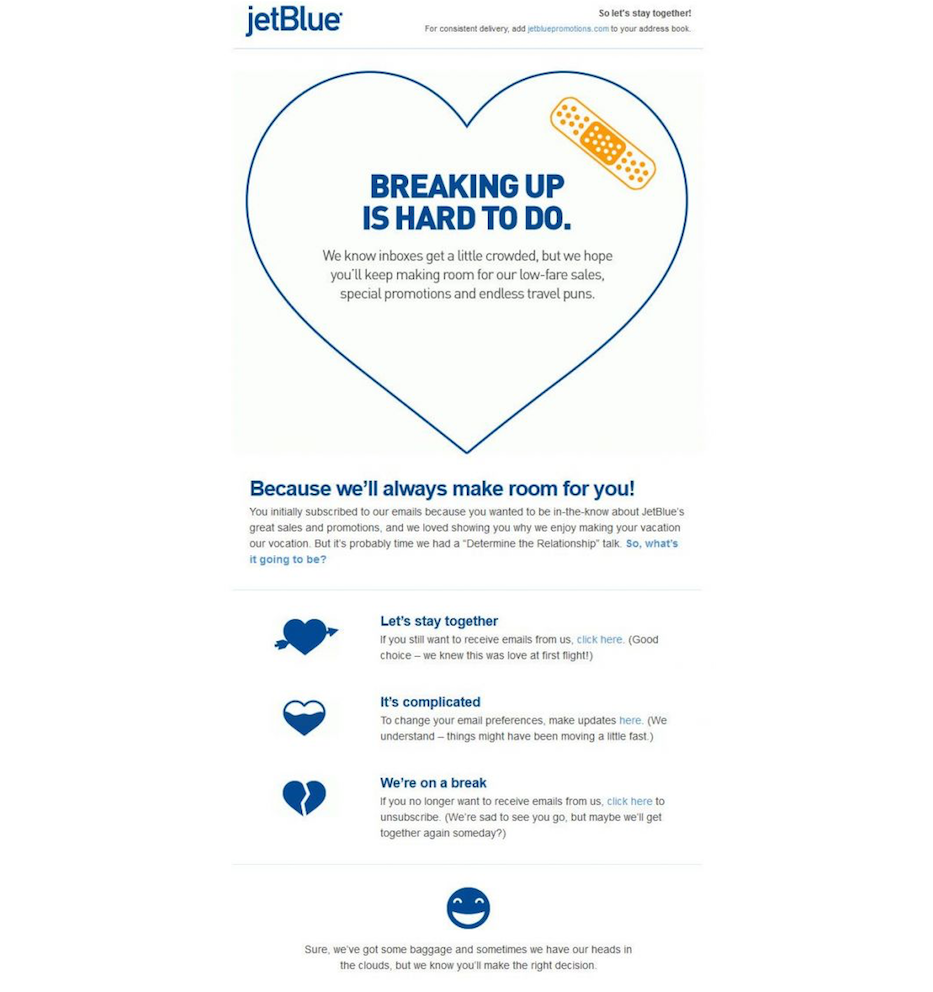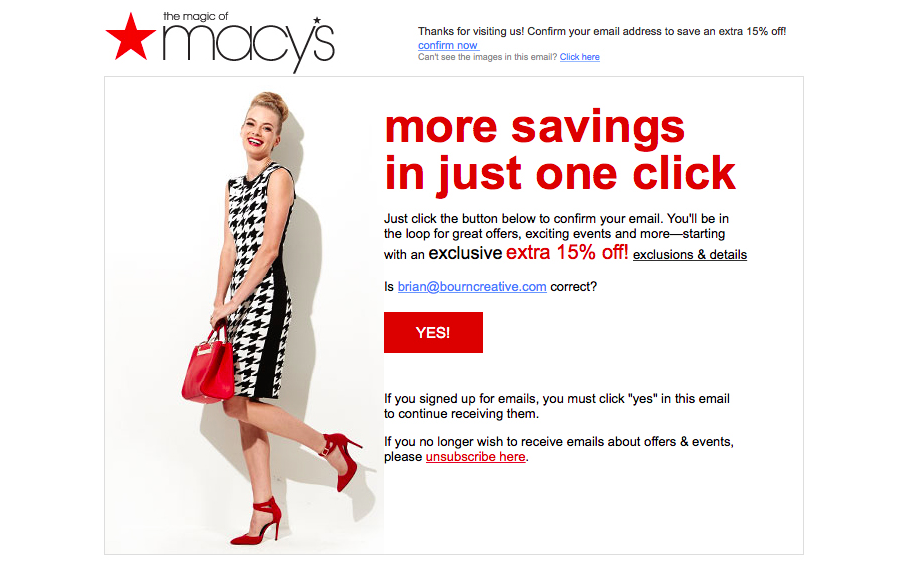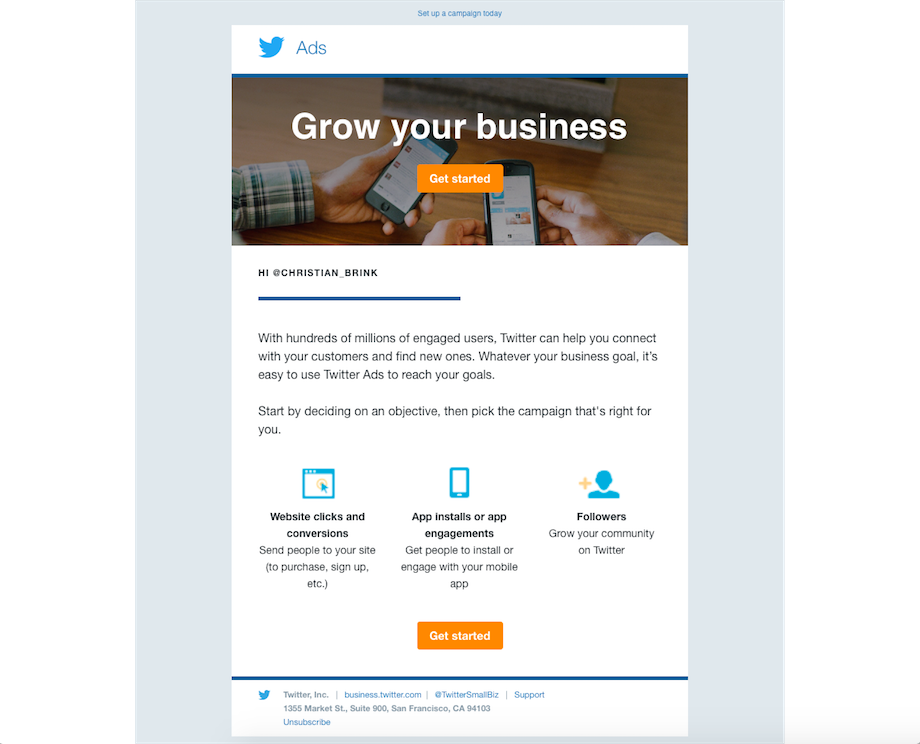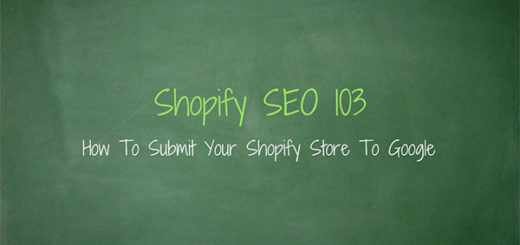5 Tips to Improve the Health of Your Email Marketing List
What is email hygiene? (Hint: It has nothing to do with soap and water.) Good email list hygiene is a best practice for any targeted, effective email marketing program. Email hygiene means that you scrutinize your email subscription list and remove invalid or non-responsive addresses.
Some pros recommend that you clean your list every six months, but no matter which time frame you decide on, be sure to stick to it! It’s important to identify inactive subscribers or invalid emails because bounces can damage your email marketing performance.
Here are our 5 tips to improve the health of your email marketing campaigns by practicing good email hygiene.
Why is your Email List Hygiene Important?
Email providers are becoming increasingly savvy to the type of content recipients want to see in their inboxes. They have responded accordingly to control spam and unwanted emails. Email service providers track and quantify the number of emails opened, the number of unsubscribes, and general inactivity to determine an algorithm for inbox placement.
A “clean list” means that you have a better chance of getting your emails delivered. You want to make sure that when your subscribers grant you permission to send them email, that you deliver on what you promised, which in turn will help you earn their loyalty. But even engaged subscribers may change their behaviors over time. These formally interested subscribers can become unengaged and begin to hurt your list’s overall performance, so it’s vital to keep tabs on yours to maintain a healthy email list.
Sending emails to nonexistent addresses or to spam folders dings your IP reputation. It’s a vicious cycle: a lower reputation results in lowered deliverability, and even fewer emails actually reaching your customers.
If you’re facing the challenge of getting your emails delivered to subscribers, it’s crucial that you clean up your email list. This is not a one-and-done solution. It’s a business practice that you need to do at least every few months.
Why Does Deliverability Matter?
Deliverability is the success rate at which an email marketer gets their content into subscribers’ inboxes. While deliverability involves components of email delivery, it’s hard to reduce it to a quick data point. In fact, deliverability involves a complex formula determined by a number of different signals, including:
- Engagement rates
- Number of spam messages
- Spamtrap hits
- Reputation
- Email content
Senders can impact their own deliverability by creating good content and maintaining a clean list.
How to Clean Your List: 5 Actionable Tips to Take Today
Tip 1: Remove addresses that bounce
Once you have a subscriber’s email address, you’re set for life — right? Well, not exactly. Subscribers’ email addresses are not static. All email addresses “atrophy” over time.
There are a number of reasons why good email addresses go bad. Users may create a new email address, start a new job, or stop checking an old account. When you attempt to send an email to any address that is no longer in use, this send is registered as a “bounce.” There are two types of bounces: the hard bound and the soft bounce.
The Hard Bounce
“Hard bounces” are when there’s a permanent reason why an email fails to be delivered. This could be either a non-existent email address or domain name. More often, this is because the user has actively blocked delivery.
The Soft Bounce
“Soft bounces” are when there’s a temporary delivery issue which results in email delivery failure. Soft bounces commonly occur because the user has a full mailbox, a temporarily offline server, or a message too large to send.
To clean up your list, you’ll need to find the bounce culprits — both hard and soft — and get rid of them.
Tip 2: Clean up Your List
If order to clean up your list, you’re going to have remove those who bounce. Repeated attempts to mail invalid or inactive email address negatively impacts your metrics and your delivery rates.
Third Party Vendors
A third-party vendor can help with this process. Third party vendors will remove misspelled addresses, remove spam, and test your email addresses. Such proactive measures can have a big impact on your deliverability.
Most systems will try to deliver twice before deletion from the email list. Auto delete commonly occurs after two hard bounces. This auto delete function can make cleaning your email list a daily no-brainer.
Non-Responders
In addition to actively seeking and removing hard bounces, you’ll want to take a look at the non-responders on your email list. If people aren’t engaging with your messages, stop sending them emails. ISPs look at engagement metrics to help determine delivery, so non-responders will hurt you in this regard.
Delete Role Accounts
Part of this process will be removing role accounts. For example, all email addresses that begin with abuse@, support@, and info@ will be deleted. Often these emails haven’t opted in, so it’s best to get them off your list so that you’ll only email actual people.
Tip 3: “Wake the Dead”
If your list is flooded with inactive emails, even if you have a huge list, you’re doing yourself a disservice. One way to re-engage inactive subscribers is through a re-engagement or “wake the dead” email campaign.
Send Test Emails
A “wake the dead” campaign is designed to re-engage subscribers who have stopped opening your emails. If an email has been inactive for six months or more, then it may be considered “dead.”
To try and re-engage your email subscribers before you dump them from your list, you need to reach out. Send that group of inactive subscribers a few emails. Use a different subject line for each one. Include 3-5 content pieces for variety to see if you can pique some interest. Here’s an example from JetBlue of a email campaign asking subscribers to either confirm that they want to keep receiving emails, change their email preferences, or unsubscribe.

You can check out more awesome examples of email re-engagement campaigns here.
Look at Engagement
Now, look at the response to these emails. Which content got people to engage, and which didn’t? You’ll then drop those email addresses that didn’t engage by suppressing them for your normal email blasts. When we started suppressing inactive subscribers from our main email marketing list, our unique open rate increased by 58%.
Set up Automation
Once you’ve gone through your “wake the dead” campaign, you can set up automation to build on this momentum. Set up a periodic reminder to drop inactive subscribers from your list every 3-6 months or so. This way you’ll ensure that you’re only sending to individuals interested in engaging with you.
Tip 4: Get Email Confirmation
One of the best ways to maintain a healthy email list is to confirm your subscriptions.
The marketing term applied to this method is the “double opt-in.” This simply means that a second email is sent to a subscriber, asking them to click a link to confirm their subscription. This ensures you’re emailing those who want to hear from you and that their email address is correct.
This double opt-in can help you target your engaged subscribers and delete bad email addresses from your list. Here’s an example of a double opt-in email from Macy’s:

Tip 5: Send the Right Content
Make sure you’re sending the right content. The right content to the right subscribers will get engagement — it’s that simple. The right content, or more specifically, the right subject line means that when your emails land in someone’s primary email account, you have a better chance of them actually opening your emails, bypassing email purgatory.
Use CTAs
Clear and compelling email calls-to-action are one of the best ways to keep people engaged with your email after they’ve opened it. Here’s one example from an email campaign by Twitter, prompting users to grow their business by activating a Twitter ad campaign.

Ask
Ask and you shall receive. Run a survey to gauge the interest of your subscribers in what you’re actually sending. See what they want to receive info about by listing several categories of content you provide, giving them the option to personalize your email communications with them. Make good on that and follow-up using email list segmentation.
Great Content
Send great emails. We know, easier said than done. There’s no blueprint for great email content, but consider a few touch points before you hit send:
- Is my email responsive to my subscribers needs?
- Is there a strong CTA?
- Does it reflect my brand?
- Will subscribers look forward to this email?
- Is this in line with what my subscribers have said they want to see?
- Are you sending the right message?
Keeping your email list clean isn’t hard, but you do need to know what steps to take. Use our tips to scrub your list for more success reaching your engaged subscribers.
Via AddThis








